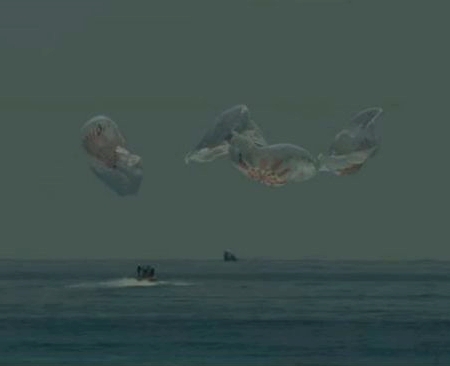Cygnus freighter arrives at ISS
Capitalism in space: Northrop Grumann’s Cygnus freighter yesterday arrived at ISS, bringing with it four tons of supplies plus a new toilet.
The unpiloted cargo ship was loaded with four tons of supplies and equipment, including crew food and clothing, experiment hardware and material, the virtual reality camera, the new toilet and even samples of Estée Lauder skin cream that will be used in a commercial photo shoot for the company’s social media platforms.
The $23 million toilet, or “universal waste management system,” is smaller and more sophisticated than the station’s current potty and includes modifications to make it easier for female astronauts to use.
Next up for ISS are two manned missions later this month, first a Soyuz bringing a crew of three, followed by the second SpaceX Dragon manned mission, bringing a crew of four. In between the present crew of three will return to Earth.
Capitalism in space: Northrop Grumann’s Cygnus freighter yesterday arrived at ISS, bringing with it four tons of supplies plus a new toilet.
The unpiloted cargo ship was loaded with four tons of supplies and equipment, including crew food and clothing, experiment hardware and material, the virtual reality camera, the new toilet and even samples of Estée Lauder skin cream that will be used in a commercial photo shoot for the company’s social media platforms.
The $23 million toilet, or “universal waste management system,” is smaller and more sophisticated than the station’s current potty and includes modifications to make it easier for female astronauts to use.
Next up for ISS are two manned missions later this month, first a Soyuz bringing a crew of three, followed by the second SpaceX Dragon manned mission, bringing a crew of four. In between the present crew of three will return to Earth.

